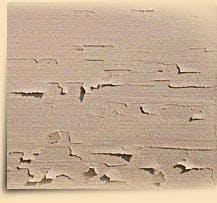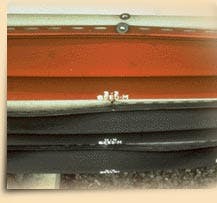Common Paint Problems (Part II)
Last week we covered a few common paint failures to look out for around your property. We were surprised by the email feedback we received from all of you who





Last week we covered a few common paint failures to look out for around your property. We were surprised by the email feedback we received from all of you who




